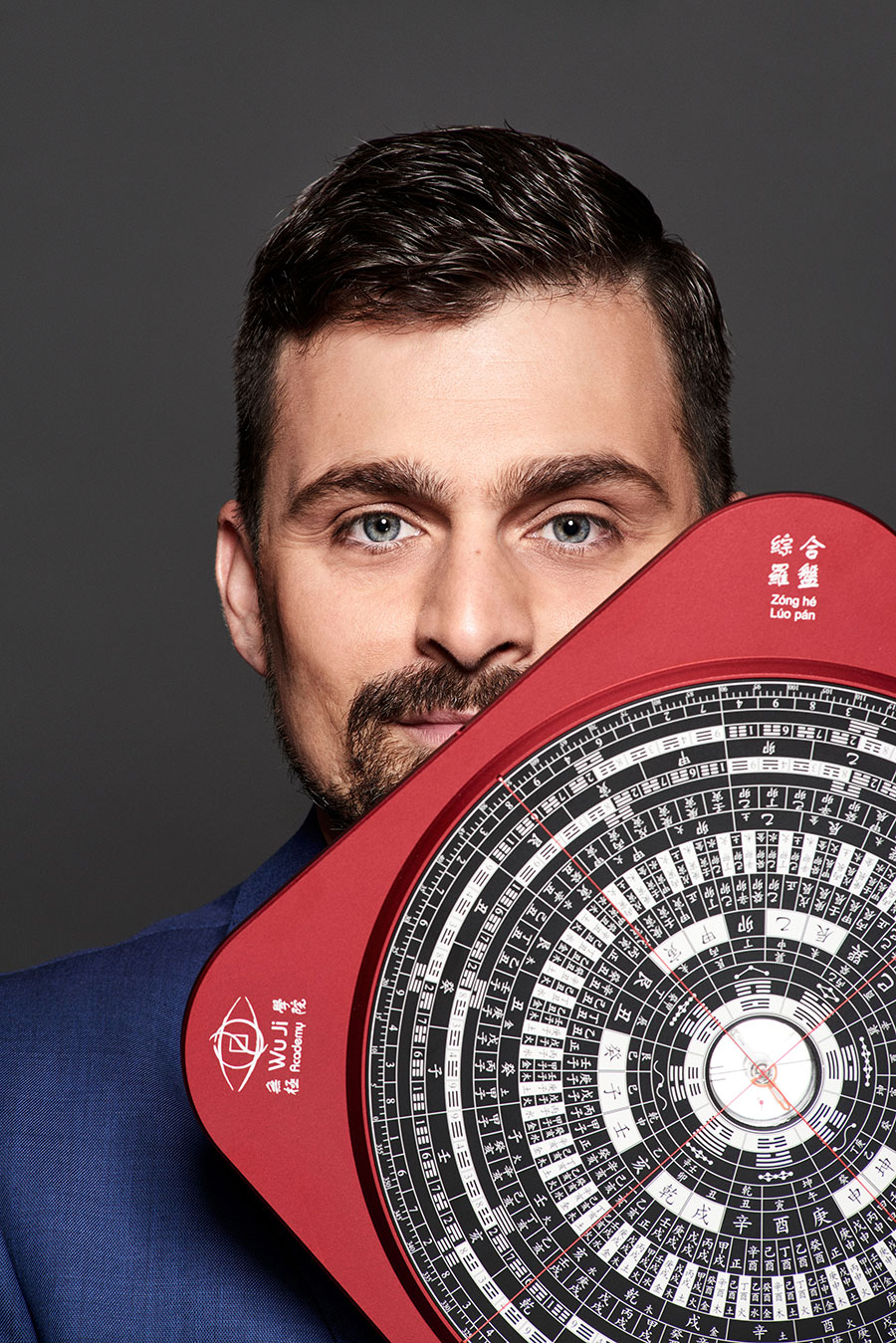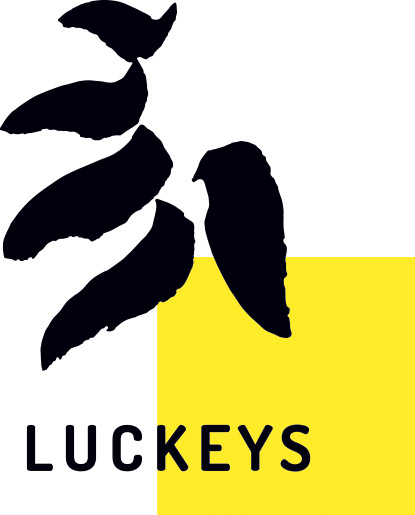About Feng Shui
The origins of Feng Shui
Feng Shui is a Taoist discipline that dates back around 3000 years. It literally translates as wind and water, and refers to the balance between these two elements that is vital for life on earth. Over the centuries, the sages continually observed their environment, gradually developing a set of tools and reference models to measure and quantify the effects of "Qi", which can be translated as breath of life, can be compared to an intangible energy or life force, perpetually moving and present in all things. It is the purpose of Feng Shui to understand, channel and harmonise the "Qi" of the external environment with the "Qi" of the interior environment of the occupants.
For centuries, knowledge of Feng Shui was passed down from master to disciple, being reserved for a small number of initiates. During the cultural revolution of the early 1970s, Feng Shui – along with other ancestral sciences – was banned in China. The masters who survived sought refuge in Taiwan, Hong Kong, Vietnam or Malaysia, where they were able to preserve and continue their discipline. It was not until 2013 that the Chinese government officially rehabilitated Feng Shui as the Chinese ancestral science of the environment.
In the West, there is a more common form of Feng Shui created in the United States in the 1980s, during the New Age movement. It is removed from its roots and foundations, however, and so bears no comparison at all with traditional, authentic Feng Shui.
The tools of Feng Shui
Every science, like Feng Shui, has its own language and its own frame of reference necessary for passing on knowledge. It also requires rigorous practice. Feng Shui is part of the five great Chinese traditional arts with which it shares the same Taoist roots: traditional Chinese medicine, certain martial arts, a decision-making tool (Yi Jing) and destiny analysis (Ba Zi).
In Feng Shui, we use two basic instruments to analyse your environment. First, the human eye. It can pick out the natural and built elements that gravitate around your environment (mountains, waterways, roads, etc.). Based on those observations, the next step involves measuring the positive or negative influences of those elements on the place with which we are concerned. To do this, the consultant uses a magnetic compass called a "Luo Pan" to understand the effects of the "Qi" and arrive at a diagnosis.
No Feng Shui consultation is complete without in-depth knowledge of the traditional schools and their methods:
- San He (the three harmonies) studies the tangible energies of an environment that are visible to the naked eye (landscape, mountains, rivers, buildings, etc.)
- Ba Zhai (the eight mansions) – a subset of San He – deals with the interior layout of the home, and its influence on the occupants
- San Yuan (the three cycles) describes the abstract, invisible energies of an environment; with this approach, the way energies evolve over time plays a vital role
- Xuan Kong Da Gua (the mysterious void) – a subset of San Yuan – gives additional information, and is useful for selecting optimum dates, for example

In order to analyse a location (interior and exterior), the Feng Shui expert has a range of different yet complementary tools, which can be used to gain an accurate understanding of an environment’s energies and how to draw maximum benefit from them over the long term.
Ethics
Ethics lie at the heart of Feng Shui, defining its standards, limits and duties.
Standards
In order to practise Feng Shui professionally, one must first complete a programme of training under the supervision of a Taoist master. A Feng Shui consultation is always carried out on-site, to observe the environment and take measurements using the magnetic compass.
Duties
A Feng Shui consultant never conceals truths from his or her clients, who must be informed about both positive and negative aspects.
Limits
Each environment is unique. Each subject analysed is different. Consequently, the potential for growth and development will vary from one situation to the next.
Feng Shui is not a miracle remedy, and requires a personal commitment on the part of the client. Improvement is possible only if the client is prepared to adopt the recommendations given. Each client can therefore draw full benefit from their new luck potential and move forward towards their aspirations.
Master to disciple
Feng Shui training
For millennia, the traditional Chinese arts have been passed down from master to disciple, through long and arduous teaching. Pupils who go on to become masters have then passed down the knowledge in turn, perpetuating an ages-old tradition. The aim of this system was to restrict the knowledge to a small, privileged number of people of great value.
Today, in order to practice Feng Shui professionally, one must undertake a programme of training that respects this ancient tradition of passing down knowledge from master to disciple. Nobody may simply proclaim him or herself a practitioner, expert or indeed master of Feng Shui.
Becoming a master
One does not simply become a certified Feng Shui master by accident. Feng Shui Mastery requires not just a high level of technical expertise in the discipline, but also the confirmed respect and recognition of one’s peers. To become a Feng Shui Master, one must:
- Undertake a complete programme of training under the supervision of a confirmed master
- Receive formal recognition from this master in person
- Be recognised by other masters in one’s own right




